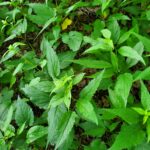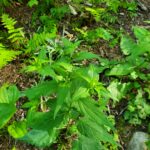Flowering plants along Trail
Wetland indicator status – indicates the probability that a plant would be found in wetland area.
- OBL – obligate species ALWAYS occur in wetlands.
- FACW – Facultative wetland species mostly occur in wetlands but may occur in upland.
- FAC – facultative occur in both upland and wetlands.
- FACU – Facultative upland species mostly occur in upland but may occur in wetland.
- UPL – species always occur in upland.
 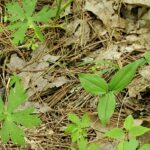 |
Trillium undulatum — Painted trillium
|
|
|
Eurybia macrophylla – Large leaf wood-Aster
|
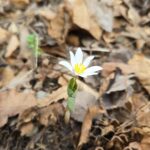 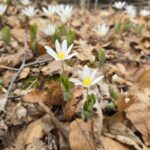 |
Polystichum acrostichoides — Bloodroot
|
 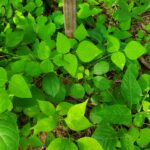 |
Vitis labrusca — Hog peanut
|
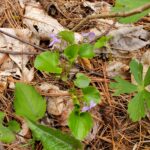 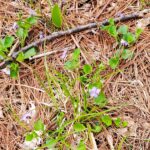 |
Viola-sororia – Blue violets and fringed violets
|
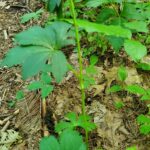 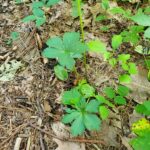 |
Sanicula marilandica – Snakeroot
|

